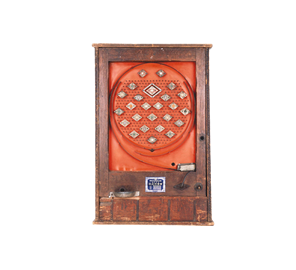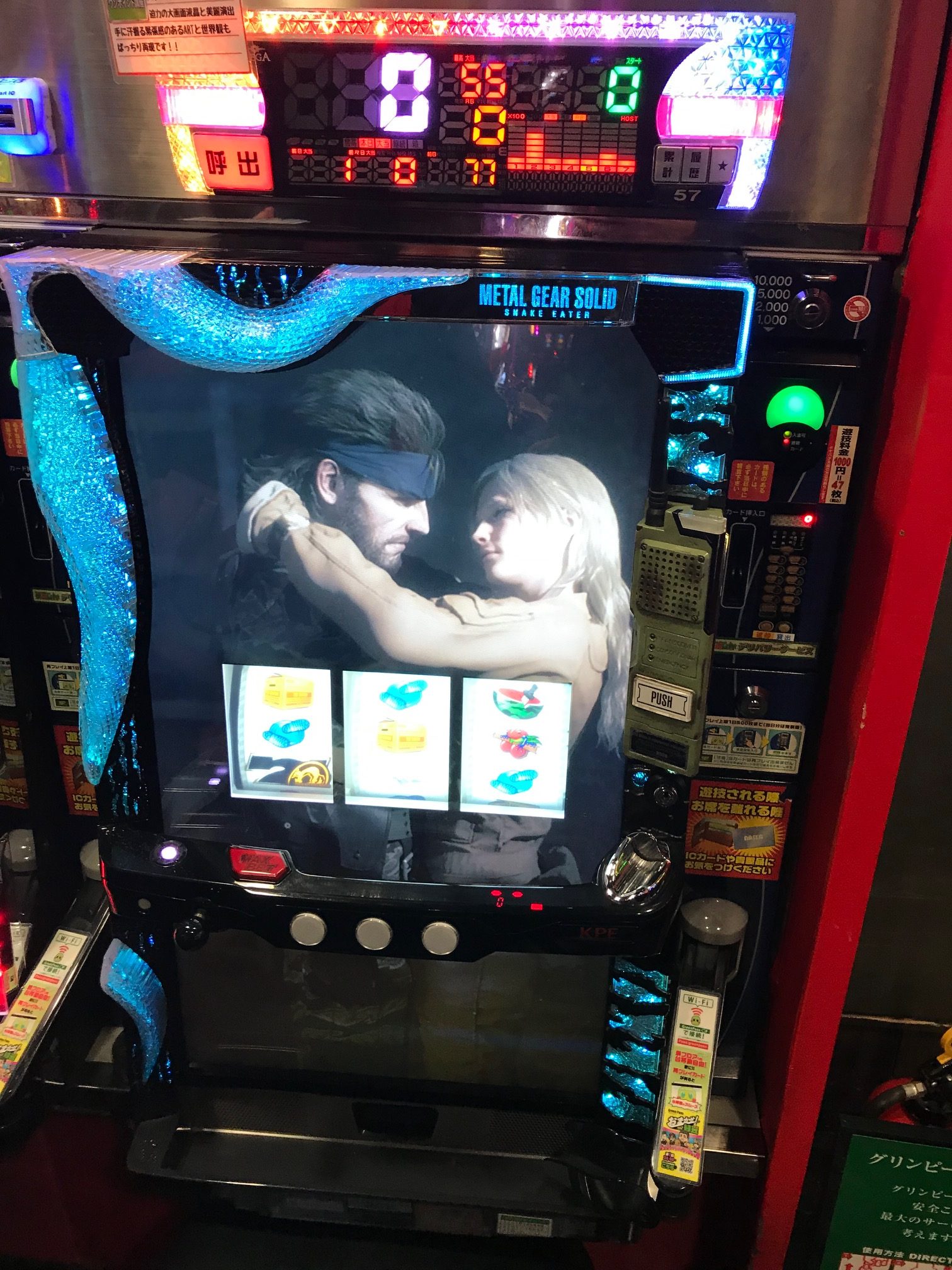When I first moved to Japan, I lived a far distance from what you would call “the city”. I was outside of Tokyo in a remote area in Kanagawa prefecture, an area where no building was over four stories tall. Except one.
That particular building stuck out as it stood head and shoulders over all other buildings. It’s fresh steel and white walls made it seem like it was a building that was beamed from the future. It’s lights stayed flashing and music continued to play even when the other buildings retired for the night, beckoning you to come through the door.
Anyone who has spent time in Japan knows these buildings as they can be found in every corner of the country. They are pachinko centers. Their mission? To take your money.
Pachinko are simple games where you sit down in front of the machine and insert a coin or metal ball. Imagine a vertical pinball machine merged with a slot machine and of course combined with popular anime characters.
Based on the results of the game, which are completely out of your control, you can either win, win big, or lose. If you do win you are rewarded with more coins or metal balls. My first time in a pachinko plaza I flashed back to my trip to Las Vegas: same small spaces between machines, same smell of smoke, same flashing lights, and lots of noise from blaring machines paying off those lucky enough to win.
History of Pachinko

One of the first pachinko machines
source: nikkoso.jp
To trace the roots of this game we go back in time to the end of World War I, 1920. While Japan did not have a major role in the war, it did participate in several skirmishes in the Asian countries, as well as supply cruisers and men to various locations throughout the European war zones.
This involvement strengthened relations with their allies, “The Big Four”: Great Britain, France, Italy, and the United States. With these strong Western relations and the United States’ ensuing occupation of East Asia, there was a bombardment of Western influences on the Japanese people. From the cultural connections with the United States came various types of entertainment.
Pachinko started as a child’s game called “Corinth game,” based on the American game “Corinthian bagatelle”. One of these corinth games (originating from Chicago, USA) made landfall in Japan in 1920. Within five years the tinkerers in Osaka created the first pachinko machine.
Over the next 20 years the growth of Pachinko machines was slow. When Japan entered World War II (1937) all pachinko machines were shut down and production of new machines was banned. When the war ended many munitions companies that profited from building weapons had to shift focus.
In 1946 the ban on pachinko machines ended and production of new and modern designed machines began indundating the market. One man responsible for the appeal and redesigns of the machines post-WWII era was Takeichi Masamura. Masamura’s box layout had better ergonomics and laid the foundation for all models going forward.
As newer technologies became available they found their way to pachinko machines: computers (1971), fully-electric powered machines (1974), television monitors (1977), and IC cards (1981). Pachinko machines now look nothing like their ball and basket predecessors but are fully computerized with large display screens. In fact, many look more like slot machines than anything else.
Gambling in Japan
Let’s take a look at the 2007 Japanese Penal Codes under “Gambling”:
Chapter XXIII. Crimes Related to Gambling and Lotteries
Article 185. (Gambling)
A person who gambles shall be punished by a fine of not more than 500,000 yen or a petty fine; provided, however, that the same shall not apply to a person who bets a thing which is provided for momentary entertainment.
Gambling is illegal in Japan, that’s nice to… wait a minute! If gambling is illegal how are pachinko plazas allowed to operate throughout Japan? Upon closer examination there seems to be a small clause: “however, that the same shall not apply to a person who bets a thing which is provided for momentary entertainment.” Seems “momentary entertainment” can pertain to pretty much anything.
Pachinko manufacturers leverage this clause by marketing their machines as “gaming devices” like arcade games or crane games. To help further their cause, pachinko plazas make sure all monetary transactions, i.e. turning cash into balls, are done before approaching the machines. And the payout of balls can be exchanged for small prizes, not cash. However some arcades do exchange balls for “special prizes.” These prizes can usually be exchanged for cash at another establishment down the street and not associated with the Pachinko establishment.

made into a pachinko/slot machine
Pachinko slots are everywhere in Japan. It has become a source of entertainment for many looking to get a surge of emotions and escape from their cubicle life. Ok, maybe I just also described Fight Club, but that’s besides the point. Pachinko plazas are a staple in Japan’s cityscape. So don’t be surprised when you come to Tokyo and you see two pachinko plazas on the same block.
References
https://en.wikipedia.org/wiki/Japan_during_World_War_I
http://nikkoso.jp/history/
http://www.cas.go.jp/jp/seisaku/hourei/data/PC.pdf
https://www.japantimes.co.jp/life/2014/05/24/lifestyle/ball-chain-gamblings-darker-side/#.XHTEsC2B10s
By J.J.
Software Engineer and Blogger at TalentHub
Usually coding, writing, or exploring Japan.
?Read more TalentHub blogs: https://talenthub.jp/blog/?lang=en









